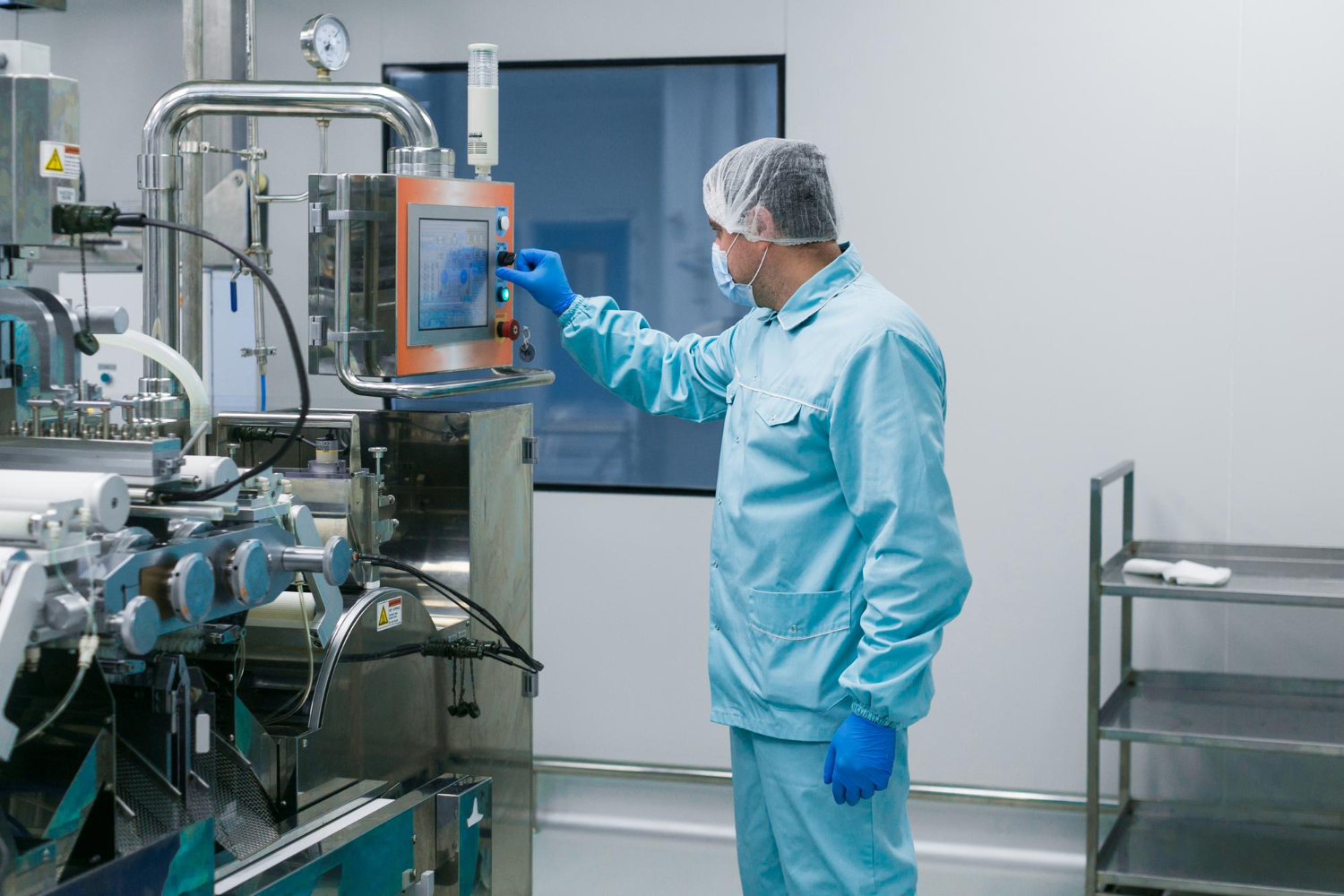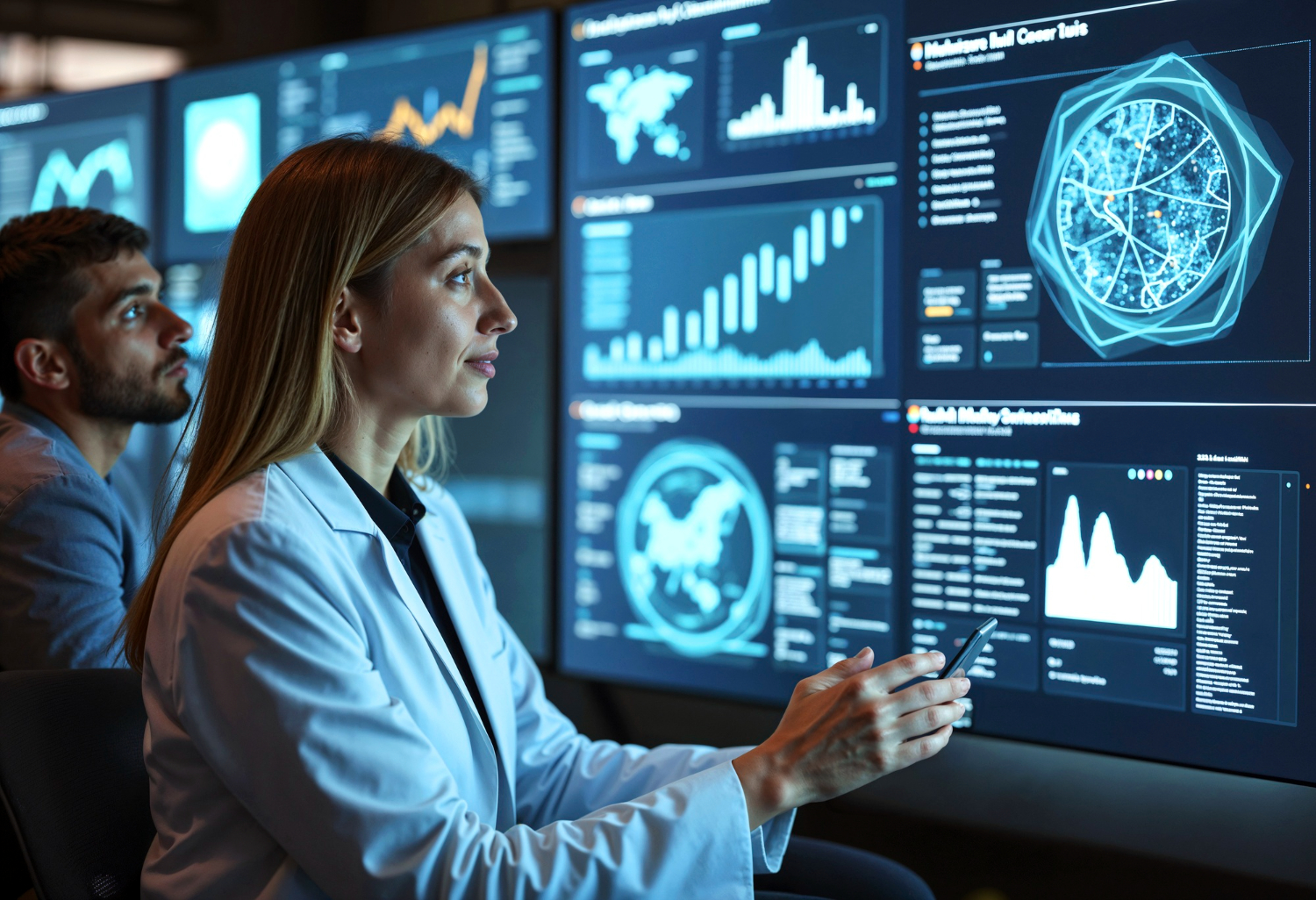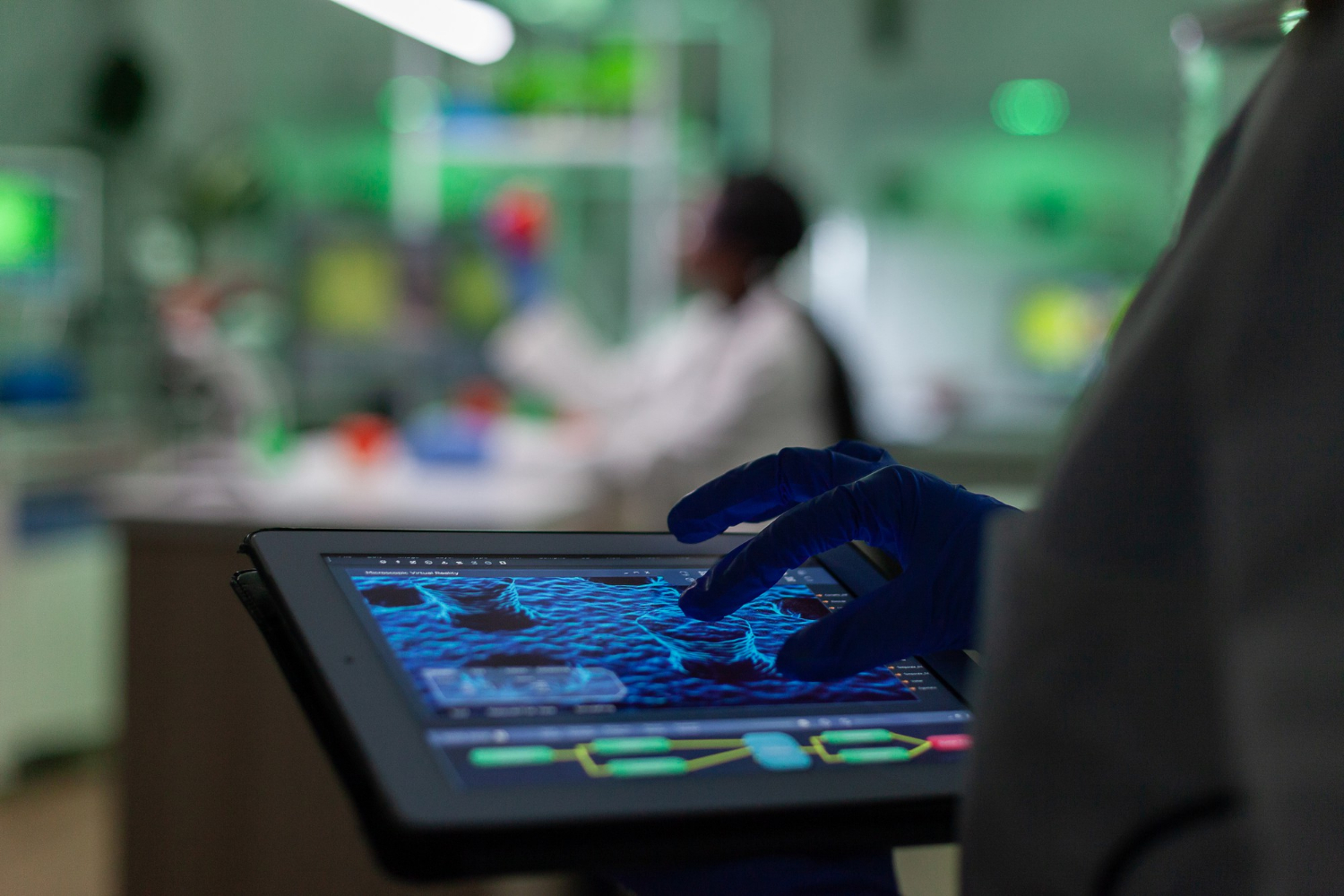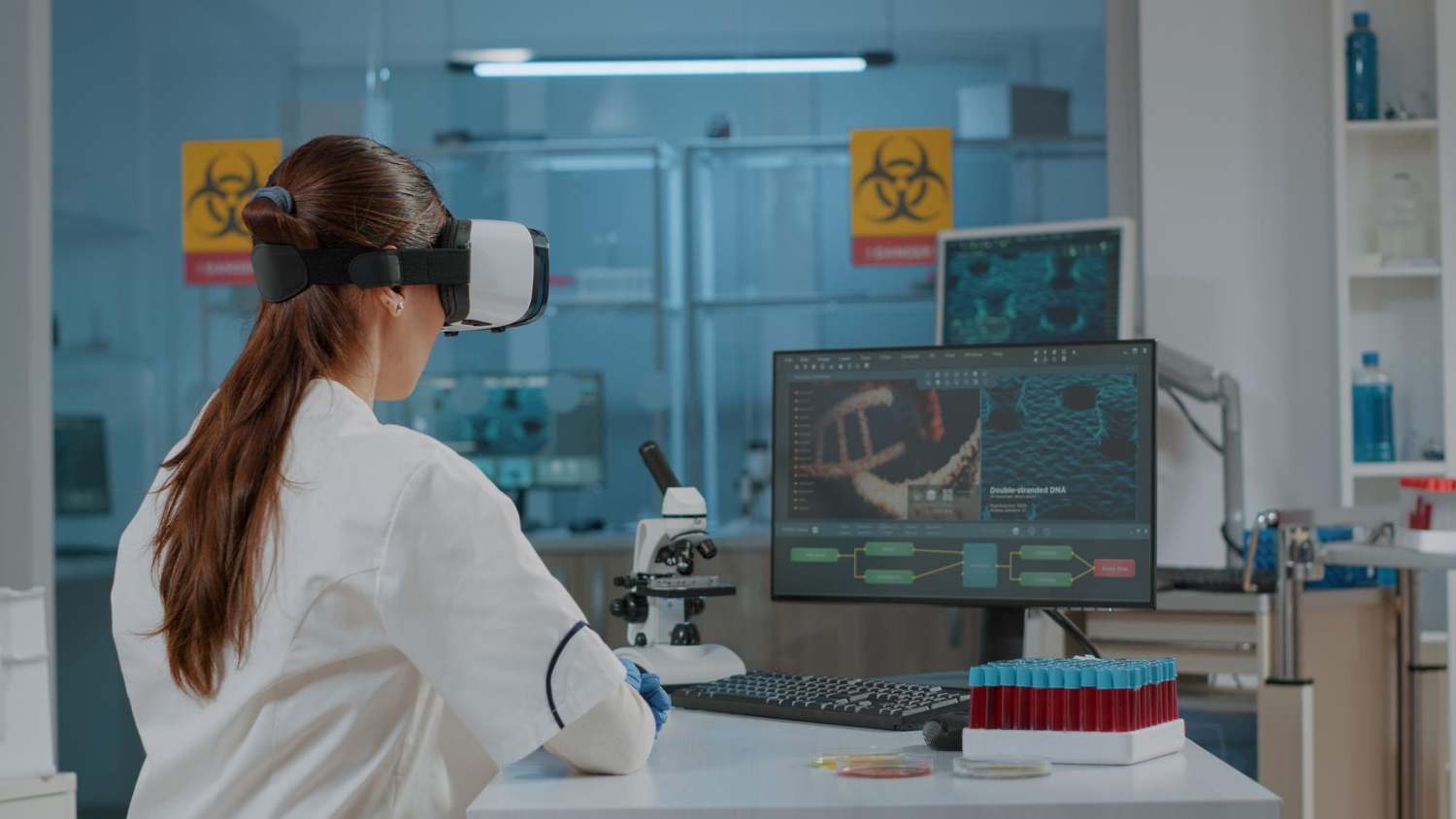Introduction to Visual Evidence in Aviation
In aviation, compliance is a strict and ongoing requirement. Every part, process, and protocol must meet high safety standards.
Across the United States, aviation bodies expect operators to keep detailed records. One method growing in value is visual evidence. It adds a clear, verifiable layer to audit trails.
Visual evidence includes images and videos that record events, processes, and inspections. Unlike written logs, these records are harder to question. They show what happened, when, and how. In aviation, where mistakes can be costly, this makes visual proof an important tool.
Aircraft maintenance, part tracking, and crew operations can all be recorded visually. This helps prove that proper steps were followed. In audits, such proof simplifies reviews. It also shows that your team takes compliance seriously.
Why Aviation Needs Clear Audit Trails
Audit trails are logs that prove tasks were done as required. In aviation, this includes part checks, maintenance steps, and safety procedures. Each action must be traceable.
Regulators, including those in the United States, demand it. Without clear proof, you could face penalties or grounding.
Traditionally, logs were written or entered into systems. While useful, written logs can contain errors. Some may be vague or missing key details.
Visual evidence strengthens these logs. It confirms the work done and the condition of parts.
This kind of proof supports both internal reviews and official audits. It also helps during insurance claims or legal reviews. For example, if a damaged part leads to an investigation, having photos or videos from earlier inspections can protect your team.
Read more: GDPR-Compliant Video Surveillance: Best Practices Today
The Value of Visual Evidence
Using images and videos improves clarity. When you show a video of a component being inspected, there’s no room for confusion. It is clear whether the technician followed the right steps. It is also easier to check if the right tools and parts were used.
In some cases, visual records might be required. For example, documenting cargo loading or aircraft fuelling. Mistakes in these areas can cause serious safety issues. Having video evidence ensures that procedures were followed correctly.
Also, visual data can help with staff training. New team members can study past examples to learn the right techniques. This shortens learning time and improves accuracy. When combined with written records, this creates a strong base for audit readiness.
Aviation Compliance Standards
Compliance means meeting the rules set by aviation authorities. In the United States, agencies like the FAA set these rules. Airlines and service providers must meet them to stay licensed. The rules cover aircraft maintenance, staff qualifications, and operational safety.
Visual evidence helps meet these rules. If you record each maintenance task, you can prove that the right steps were taken. If there’s a gap or an error, you can fix it before an audit. That means fewer surprises during checks and a better chance of passing without delay.
Standards often change. Keeping visual records allows your team to look back and check whether older tasks were done to the standards in place at the time. This is important in long investigations or disputes.
Read more: AI Visual Computing Simplifies Airworthiness Certification
Reducing Risk Through Documentation
In aviation, risks must be managed closely. One way to do that is through documentation. Visual records play a role here too.
A photo of a worn part, taken before replacement, shows that the issue was spotted and fixed. This kind of proof builds trust.
Visual evidence can also help prevent repeat issues. Reviewing past footage may show what went wrong and why. Teams can then improve procedures to avoid the same problem again. Over time, this reduces risk and increases safety.
Social media sometimes shows aviation incidents. If the public sees footage that seems unsafe, companies must respond fast. If you have your own visual proof, you can reply with facts. This controls the story and protects your brand.
Real-Time Visual Monitoring
Real-time video offers more than just records. It can also be used to watch current tasks. For example, remote supervisors can watch technicians inspect an aircraft. This means problems can be spotted immediately and corrected.
This kind of monitoring helps companies with large fleets or many sites. It ensures that teams follow the same standards, no matter where they are. It also means fewer travel costs for audits and fewer delays.
Real-time visuals also allow quick responses in emergencies. If something unusual is spotted, managers can act fast. This could include stopping a faulty process or calling for support. These actions improve safety and prevent damage or injury.
Visual Evidence in Maintenance and Repairs
Maintenance teams work under pressure. Every job must be done to strict standards and documented clearly. By using photos or video, teams can show the exact state of a part before and after repairs. This removes doubt.
Visual evidence also helps prove the use of correct tools and approved methods. For parts that are critical to safety, this is essential. If there’s ever a question, the visual record shows what was done.
In long-term aircraft use, these records help track wear and tear. This supports maintenance planning. It also helps in resale or leasing, as it proves proper care over time.
Read more: AI-Powered Compliance for Aviation Standards
Protecting Intellectual Property
Visual records can sometimes include sensitive information. If your team uses a custom tool or a new process, the footage might reveal trade secrets. That’s why access control is important.
Only authorised staff should view and store visual data. Files must be encrypted and stored safely. This protects intellectual property and ensures compliance with security policies.
Visual evidence should not be shared on social media unless planned. Even small clips can give away information. Make sure your team knows this and has clear rules.
Linking Visual Data With Systems
To be useful, visual evidence must link with existing systems. Maintenance platforms, logbooks, and compliance tools must accept photos and videos. The goal is to create a single source of truth.
For example, a maintenance record might include text, a technician ID, and a short video. Together, these elements give a full picture of the task. Linking data makes it easier to search and use during audits.
Good systems also add time stamps, location tags, and equipment data. This makes the footage more reliable and useful. It also allows automation, such as alerts for missing data.
How TechnoLynx Can Help
TechnoLynx builds tools that support visual records in aviation. We help clients record, store, and review videos and photos that meet compliance needs. Our software works with existing systems and meets security standards.
We provide tools for tagging, indexing, and linking visual data. That means faster access during audits. Our systems also support real-time video, so you can monitor tasks from any location.
TechnoLynx helps clients in the United States and beyond. We offer training and support so your staff uses the tools correctly. Our solutions protect your data and make your audit trail strong and easy to use.
We understand aviation compliance and how important visual evidence is. Let us support your team with tools that reduce risk, improve safety, and meet all legal standards. Contact TechnoLynx today to learn more.
Image credits: Freepik













